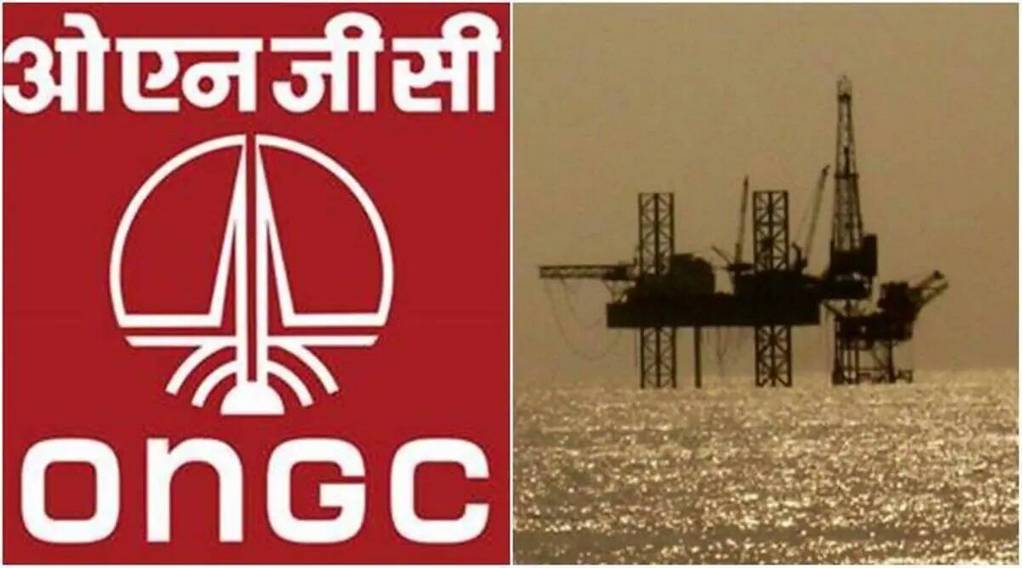State-run Oil and Natural Gas Corporation (ONGC) said its deep-water block in the Krishna-Godavari basin off the coast of Bay of Bengal has started producing oil, a development that is expected to boost India’s quest for energy self-sufficiency.
This development is set to boost ONGC’s overall oil and gas output by 11% and 15%, respectively, the explorer said in a statement.
The remaining oil and gas fields of the block are expected to become operational by mid-2024. At peak, the field will likely produce 45,000 barrels of oil per day and over 10 million metric standard cubic meters per day of gas.
ONGC produced 18.4 million tonnes of crude oil and about 20 billion cubic metres per day of gas in FY23.
In a post on Sunday on X, formerly Twitter, petroleum and natural gas minister Hardeep Singh Puri had said that the project is likely to add 7% to India’s current oil and gas production. Prime Minister Narendra Modi also lauded the achievement as a significant milestone in India’s energy sector.
ONGC contributes around 71% of India’s oil and gas production, according to information available on the company’s website.
The project’s success involved navigating challenges posed by the crude’s waxy nature. ONGC employed a novel pipe-in-pipe technology, a first in India, to address these issues. While certain specialized subsea hardware was sourced internationally, the bulk of the fabrication work was carried out at the Modular Fabrication Facility in Kattupalli, Tamil Nadu.
Located 35km off the coast of Andhra Pradesh in water depths ranging from 300-3,200 metres, the discoveries in the block are divided into Cluster-1, 2 and 3.
Originally, oil production from Cluster-2 was scheduled to commence in November 2021. However, the pandemic caused delays, leading ONGC to set a revised deadline of May 2023 for the first oil production from Cluster-2. This deadline was further pushed to August 2023, and then extended monthly, with the latest target set for December 2023.
ONGC’s development plan for Cluster-2, proposed in April 2018, estimated a capital expenditure of $5.07 billion and operational costs of $5.12 billion across a 16-year field life.
The field, split into blocks 2A and 2B, was initially expected to yield 23.52 million metric tonnes of oil and 50.70 billion cubic metres (bcm) of gas over its lifespan. Cluster 2A holds estimated reserves of 94.26 million tonnes of crude oil and 21.75 bcm of associated gas, while Cluster 2B is believed to contain 51.98 bcm of gas reserves.
Production rates for Cluster 2A were projected at 77,305 barrels of oil per day (bopd) and 3.81 million metric standard cubic metres per day (mmscmd) of associated gas over 15 years. Cluster 2B was expected to produce 12.75 mmscmd of free gas from eight wells over 16 years.
However, ONGC has now revised its output projections lower to 45,000 bpd of oil and up to 2.5 mmscmd from Cluster 2A, with around 9 mmscmd expected from Cluster 2B.
Tags: Crude Oil, India, KG Basin, ONGC



Recent Posts
Report Highlights Pathway for Electrifying Nigeria’s Container Trade Sector
South Korean Company YPP Plans to Invest up to $3.1 Billion in Green Hydrogen Production in Kazakhstan
WattEV Expands Electric Truck Charging Network with Three New Depots in California
Anemoi Develops New Method to Accurately Measure Wind-Assisted Propulsion Benefits
Navigator Holdings and Amon Maritime Form Joint Venture for Ammonia-Fuelled Carrier Fleet
Hygenco Commissions Maharashtra’s First Green Hydrogen and Oxygen Facility to Power STL’s Net Zero Goals
India Invites Second Round of R&D Proposals Under ₹4 Billion Green Hydrogen Mission
BMTC Adds 148 Tata Electric Buses to Bengaluru Fleet, Strengthens Green Mobility Drive